Features (articles)
Japanese Cooking 101: List of fresh ingredients for Lessons 3 and 4
I hope that you have enjoyed the first two lessons plus bonus lessons of Lessons 1 and 2 of Japanese Cooking 101. I'm going to have to take a few days break because I'm feeling a bit under the weather, but Lesson 3 will come next week and possibly Lesson 4 also. So this is the shopping list for both lessons. As usual, this is in addition to the basic pantry ingredients required for the course.
Lesson 3 list
For lesson 3 we will be tackling nimono (煮物) or stewed dishes.
- Carrots
- Boiling type potatoes (new potatoes are great)
- Medium onions
- Dried shiitake mushrooms. If you can't get dried, fresh will be ok. If you can't get shiitake mushrooms button mushrooms are ok (but will taste very different).
- Snap peas, mange-tout or other bright green vegetable (for garnish)
Lesson 4 list
We will be doing _sunomono__ (酢の物)or a mixed vinegar flavored side dish.
- Broccoli (Tip: we'll be using the stalks, so you can use the florets as the green garnish for the nimono)
- Wakame seaweed (optional), dried or fresh (in salt)
And that's it! I'll see you back here next week for the next lesson.
(If you are just joining us, please start at the Japanese Cooking 101 course announcement and work your way through the linked pages at the bottom.)
Filed under: ingredients japanesecooking101Japanese Cooking 101: Ingredients and equipment list for Lesson 2
For Lesson 2, we are going to cover the all-important subject of cooking rice. So, from the list of pantry ingredients for the course, you'll need:
- Japanese type rice (uncooked) - this is your one and only critical ingredient for the week. Please read the instructions on the <a href="http://www.justhungry.com/handbook/cooking-courses/>pantry list post carefully for exactly what to get.
- A packet of microwave rice - as a baseline for what Japanese rice should look, feel and taste like
You'll also need the following equipment:
- A fine-mesh sieve, as described on the pantry list post
- A bowl
- A rice paddle is not critical, but handy to have
- A cooking implement for cooking the rice, which can be one of the following:
- A rice cooker
- A heavy bottomed pot, like a cast iron pot, with a tight fitting lid _ A large (at least 10 inches or 25cm diameter) frying pan, with a tight fitting lid
If you'd like to try the bonus how-to, how to prepare proper sushi rice, you will also need:
- rice vinegar
- salt and sugar
- dashi as prepared in Lesson 1, or dashi granules, or kombu
- Equipment: a sushioke or handai (a large, wooden bowl for mixing sushi rice) is ideal, but a large bowl will do too. Plus a rice paddle and a handheld fan or a hairdryer.
- Plus toppings of your choice, such as smoked salmon and cucumber, or some sashimi-grade tuna or other sashimi-grade fish.
And that's it! It should be a very interesting lesson!
Filed under: japanesecooking101Japanese Cooking 101: The Fundamentals of Washoku
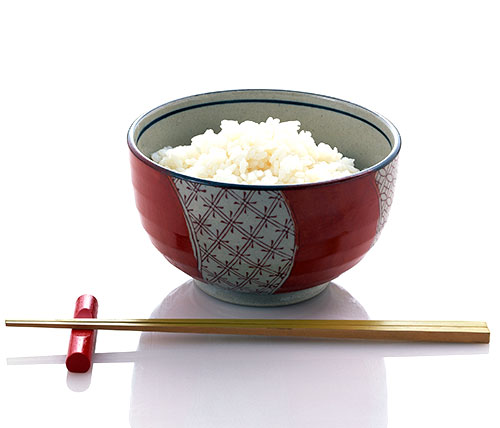
The response to Bento 101, my introductory course to the basics of bento lunch making, has been overwhelmingly positive. So I've decided to follow it up with another structured online course titled Japanese Cooking 101: The Fundamentals of Washoku. We'll be conducting it here on Just Hungry since it's about general cooking methodology rather than specific to bentos.
Description
As you may already know, the cooking that goes on in Japan is roughly divided into 4 cuisine types: Washoku, yohshoku (or yoshoku), chuuka, and everything else. The first three, washoku (which means "Japanese food"), yohshoku (meaning "western food" see a description of yohshoku) and chuuka (Chinese food) comprise most of what Japanese people cook for themselves every day. And of these washoku, which comprises what's considered traditional Japanese food, is the most important to learn if you want to master Japanese cooking, since it forms the foundation for everything else that goes on in the Japanese kitchen.
In this course you'll about the fundamental building blocks of washoku and Japanese cooking. After completion you should be able to tackle Japanese recipes with a lot more understanding and ease. It may even help you to recognize the difference between good and not-so-good Japanese food when you eat out.
Format
During this 5 part course, we'll be making 5 dishes: rice, soup, and three okazu - the foods that go with rice. (There may be some variations to each item too.) Each dish will teach you specific skills and flavor combinations that are used all the time in Japanese cooking. And as a bonus, at the end you'll have a "full course" Japanese meal that you can serve proudly to anyone, even your Japanese friends, with the knowledge that it's pretty authentic.
Will it cost me anything?
Nope. Just like Bento 101, it will be free.
Requirements (or, is this course for you?)
- Because I want to teach you what "real, authentic" Japanese food should taste like, you will be required to purchase some ingredients that are fundamental to the cuisine. While I usually offer ideas for substitutions and so on in my recipes, for this course we won't be doing that. This does require you to make an initial investment in some foods that may be rather expensive or hard to get, depending on where you live. If that is an issue for budgetary or other reasons, then this course may not be for you.
- Unlike Bento 101, the focus of Japanese Cooking 101 will be entirely on cooking and cooking techniques. You should take this course only if you're seriously interested in Japanese food, and in cooking in general.
- You should know your way around the kitchen. You don't have to be an expert, but you should know how to wield a kitchen knife, cook something simple on the stove, and so on.
- However, I am going to assume that participants have no prior knowledge of how to cook Japanese food. I'll be explaining what each ingredient is, and how it's used, in detail. So it may be a bit too basic and tedious for people who have been making Japanese food for a while.
- You'll need access to a computer or some way of getting online of course. If you want to share your results visually, you should have a camera or camera phone etc.
- The meal we'll be creating will contain meat and fish products, so it may not suit you if you're a vegetarian, although you may find some techniques useful.
- Since two alcoholic products, sake and mirin, are fundamental to washoku, if you have any reasons for avoiding alcohol in cooking this course may not be for you.
- Last but not least, you'll get the very most out of this course if you follow every lesson in sequence and do each assignment. I estimate that it will require about 2 hours of your time per week.
Start date and duration
- We'll start the week of March 4th (right after Bento 101 wraps up)
- The course will go on for 4 to 5 weeks, and consist of 6 lessons with at least 5 cooking assignments.
Where do I sign up?
There's no formal sign up process. Just follow along when we start in March!
So there you have it. Interested? Questions? Let me know! I'll post the required materials and so on later this week.
(ETA: I inadvertently deleted the original announcement post - and more than 150 or so of your comments under it! :( If you asked a question or something and don't see it, please try re-posting your comment.)
Filed under: japanese washoku cooking courses japanesecooking101
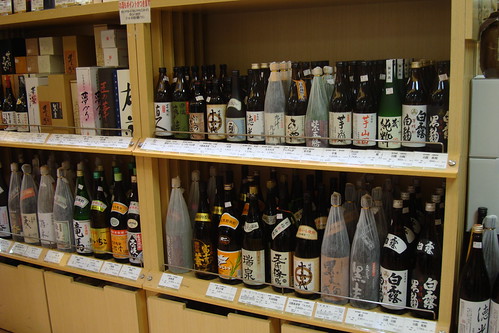
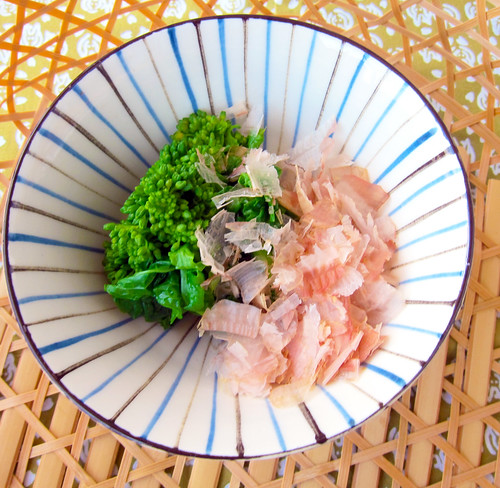


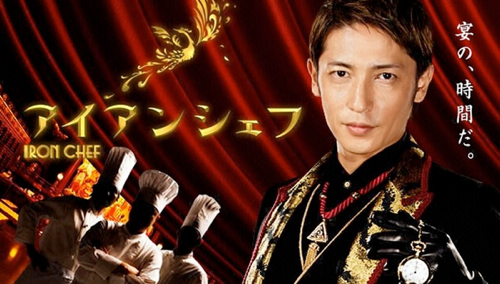
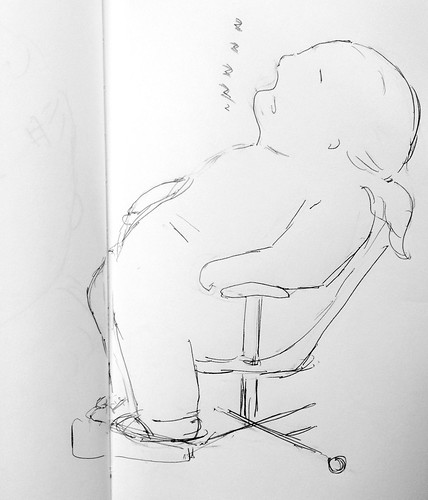
 Welcome to Just Hungry, where we serve authentic Japanese recipes and more! I'm
Welcome to Just Hungry, where we serve authentic Japanese recipes and more! I'm 













